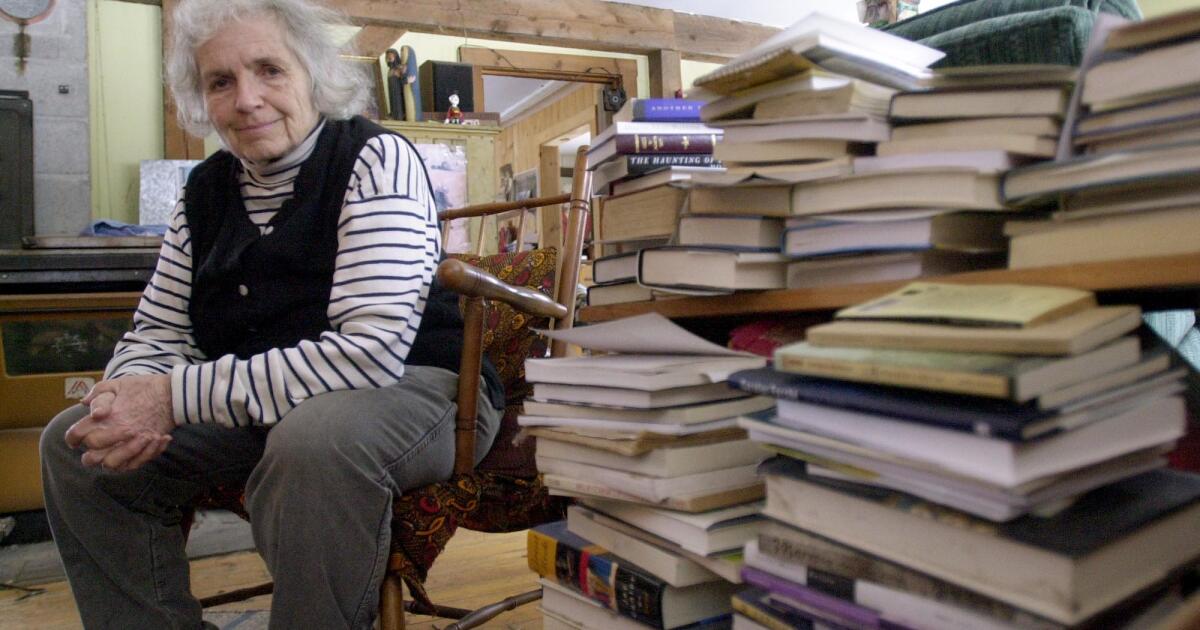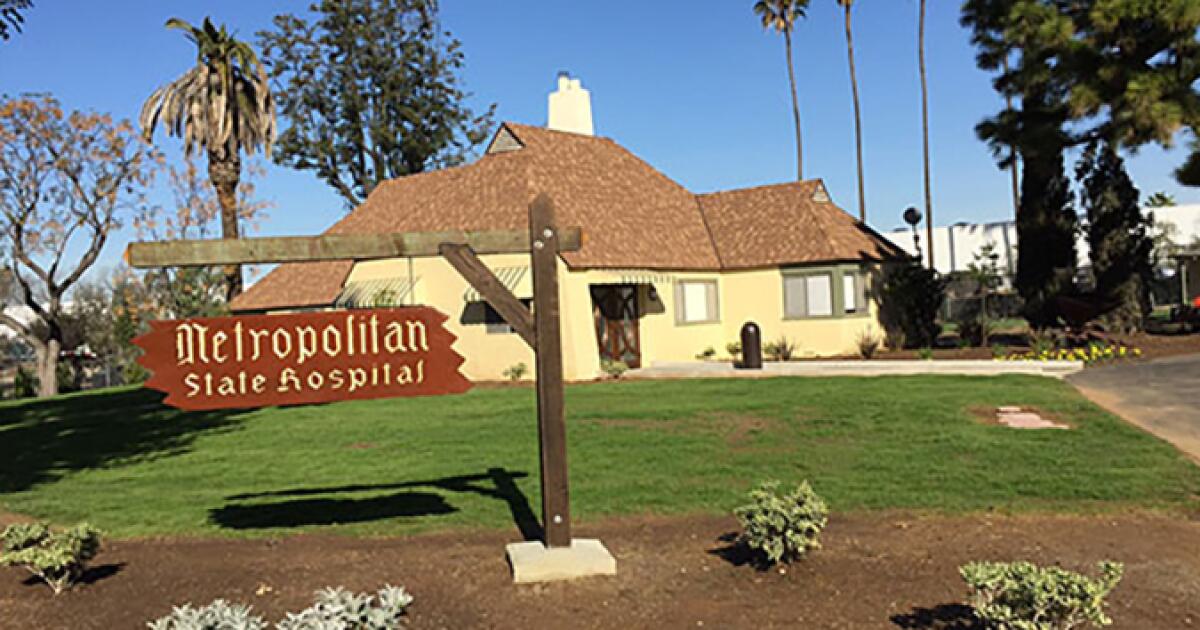Government officials whose job it is to clean up the The worst smog in the country. of the Southern California air should be ashamed. Instead of working together to reduce lung-damaging ozone pollution, they are wasting time pointing fingers at each other.
The region's decades-long history of non-compliance with federal smog health standards came to a head Friday, when the U.S. Environmental Protection Agency announced its intention to reject California plan to clean up ozone, the invisible lung-burning gas, from the South Coast Basin, an area with 17 million people in Los Angeles, Orange, Riverside and San Bernardino counties. The EPA says this is because California's plan is too weak and also exceeds the state's authority by placing much of the responsibility for reducing emissions on the federal government.
Unless a more robust smog cleanup plan is submitted by state and local officials and approved by the EPA within 18 months of rejection, Southern California could face increasing penalties, including new permit requirements and fees for businesses, the loss of billions of dollars in highway funding and a federally mandated air quality plan.
The South Coast Air Quality Management District has tried to shift the blame to federal regulators, accusing them of doing too little to curb pollution. State and local regulators argue that it is impossible to meet smog standards without help from the federal government because many of the region's biggest polluters, such as ships, trains and planes, are regulated at the federal level.
They are right that the federal government needs to do more. The EPA has failed to reduce pollution from diesel-spewing locomotives and is moving too slowly to address other sources of pollution that only the federal government has the power to regulate directly through engine emissions standards.
But local regulators share responsibility with their history of failing to act in areas where they had authority.
For example, the South Coast district wasted years in fruitless negotiations on a voluntary agreement to reduce emissions from the ports of Los Angeles and Long Beach, the largest source of smog-forming pollution in the region, and years later still has not adopted air quality standards over the complex even after committing to it.
And the state Air Resources Board has been all too willing to impose delays and exceptions to emissions standards for high-polluting industries.
The bottom line is that both the state and federal governments have for years passed flawed air quality improvement plans that have repeatedly failed to clean Southern California's air to the levels promised under the Clean Air Act. Although Southern California's air is dramatically cleaner than it was decades ago, progress has stalled and even regressed in some cases, and it remains the worst in the country.
All levels of government are to blame for not acting with the urgency that the communities most affected by the country's smog deserve. The beneficiaries are often deep-pocketed industries that benefit from externalizing the health costs of their pollution, while ordinary people pay in illness and shorter lives.
No more excuses. EPA Administrator Michael Regan, state Air Resources Board Chair Liane Randolph, and AQMD Board Chair Vanessa Delgado should stop trying to assign blame and start working together to execute a bold and ambitious plan that leverages each of their distinct powers and responsibilities to ultimately deliver clean air. we all deserve.












